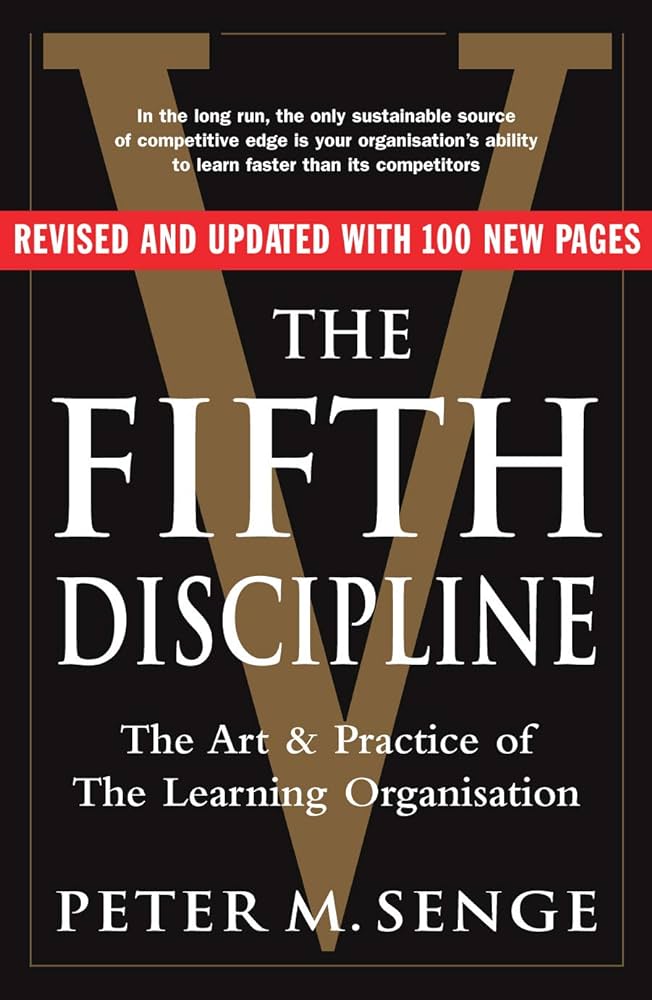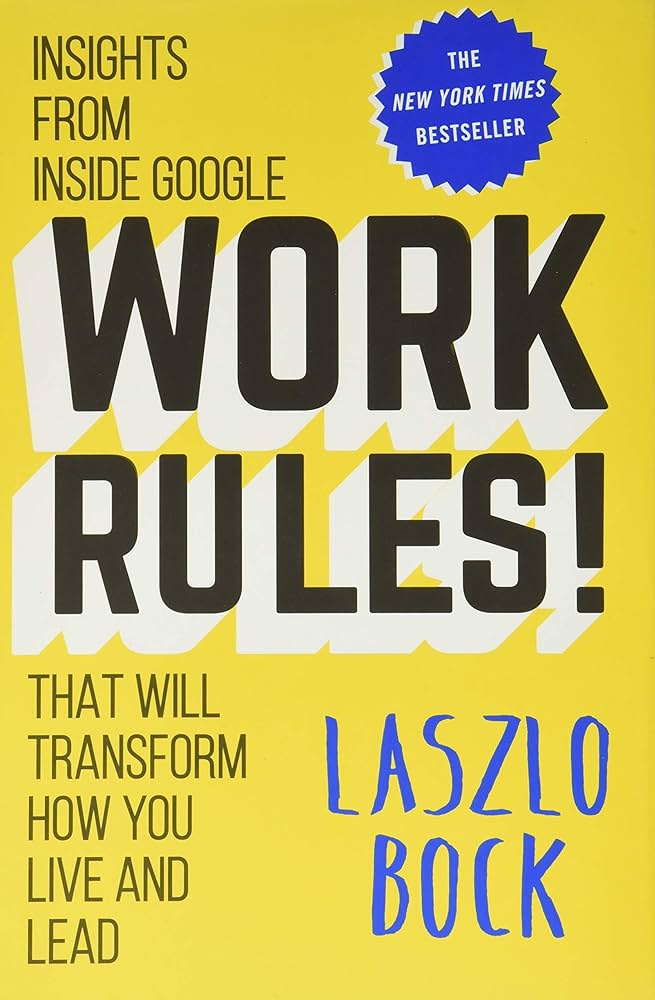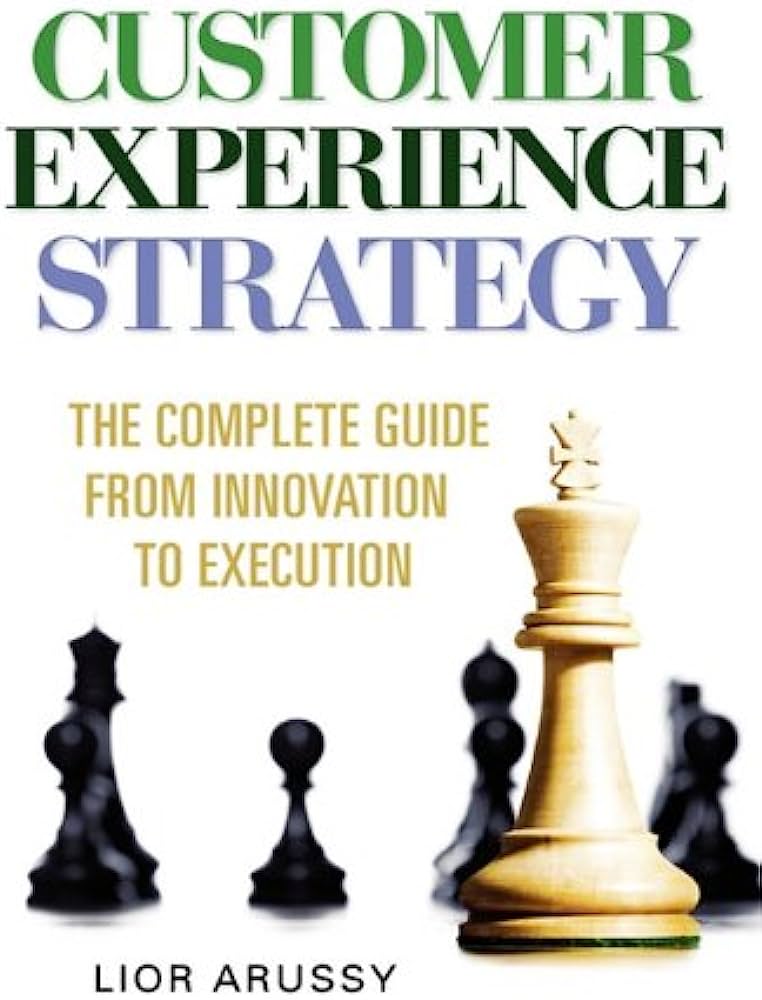Why Loyalty Matters: The Groundbreaking Approach to Rediscovering Happiness, Meaning and Lasting Fulfillment in Your Life and Work
RATING


Loyalty is at the heart of relationships, for if there is no loyalty how can the relationship be expected to remain faithful and whole? Keiningham and Aksoy, using the Ipsos Loyalty study, present a book that analyzes the business, psychological, and social aspects of loyalty.
The presence of loyalty has a profound effect upon the relationships between individuals, and this translates through the authors emphasizing that all individuals, business affiliated or not, require constant training in loyalty and relationships. They identify how loyalty comes in all shapes and forms, even those that are harmful and detrimental without being intended as such. At its core, the book and methodology focus on the psychological impact of loyalty and how it influences both action and behavior. By analyzing it as such, it outlines how loyalty can positively impact employees and the organizations they work for, resulting in growth and improvement of the business.
The authors of this book piqued our interest with the belief that businesses exist not to make a profit, but to create a customer. This was a belief by Peter Drucker that was quoted in the book, but still carries great weight considering that most businesses focus solely on the bottom line. The open neglect for the customer is what strands most businesses without a reliable source of revenue, so reading a book that focuses on the customer is refreshing. We found the “Economics of Loyalty” to be one of the most compelling sections, if not for the firsthand impact that employees have upon the company, then for the impact that they have upon the customer. The four qualities that the book points out have a profound impact upon the customer: capability, satisfaction, loyalty, and productivity. We also appreciated that the book understood that perception is reality; though we may believe that we have attained or conveyed a certain level of loyalty does not mean that it has been accepted as such.
Although we cannot complain too much, we still would have preferred for the book to focus solely on loyalty from a business standpoint. Much of the book is quite interesting, but for the business professional, it tends to be worthless within the workplace. While, yes, some of these would apply to interoffice politics and the balancing of workplace authority, none but the Economics of Loyalty apply directly to a part of the business that can translate into a better experience for the customer. Rather than on an individual basis, the book would have more couth if it was written from a business perspective. We also were left wanting some sort of methodology surrounding the concept of loyalty. Throughout the book the authors point out how loyalty is key to relationships but is declining, yet they do not present a way for loyalty to be reintroduced into the fold of either business or personal life. This leaves us at a standstill for more content and ways for us to actually apply what the book suggests.
“Why Loyalty Matters” provides compelling insight into how loyalties, large and small, offer the prescription to the emptiness many feel in their lives, and to the increasing fragmentation found in communities through failing businesses.
This book presents how loyalty has become a key factor of many facets of life. for the business professional, however, much of this book is too personal and is therefore extraneous. Of the book, the key section for the banking industry weighs heavily in favor of the Economics of Loyalty, with Toxic Loyalty having limited value. Low and middle level managers would benefit from understanding how the Economics of Loyalty translates into continued employee retention and productivity. Additionally, upper management would do well to understand the emotional impact that a loyal and trustworthy brand has upon the consumer base. This has the potential to create an influx of repeat customers, which are the bread and butter of any business.

This book is written as an analysis of the Ipsos Loyalty study, but essentially is a research based book that seeks to explain the Ipsos findings. Application is fairly limited, as the book stresses the findings of the study and what that means for loyalty and relationships. Measurement feels much of the same treatment, as the measurements done by the Ipsos study are sufficient to the authors; they do not see the need to present any new forms of measurement.
See content on this topic


Sales training for front line along with basic development and coaching principles for line management.
Understanding how leaders must evolve with relation to the evolution of business models, new management models, and the significant changes to the workforce with Digital Natives now making up more than 50% of the workforce globally.
Understand the theory and mechanics of developing and managing a customer-centric and experience-driven corporate culture that is consistent and stable and includes elements of Employee Experience (EX) and Employee Relationship Management (ERM).
Understanding the evolution of leadership styles, management models, organizational structures, performance measurement and guiding change in the evolution of business models from product-centric to customer-centric and even relationship-centric.
Understand how to manage both internal and external digital transformation while considering the landscape for digital business models and the effect on traditional business models. Understanding organizational readiness for transformation and the role of corporate culture in managing transformations.
The changes in consumer behavior, employee behavior, and the evolution of business models in the digital age cause significant difficulties and imperatives for leaders who must develop new skills and evolve their leadership styles to be effective in this fast changing, challenging, and competitive environment.
Understand the value of a customer-oriented analytics package and how behavioral scenarios can be used to improve profitability through influencing behavior and usage.
To understand the principles of game dynamics and learn how to effectively use the elements of gamification in business: to involve customers, employees and contractors in the process.
Understand the components and features in a complex Customer Relationship Management system (infrastructure, architecture, functionality, etc.) and the uses and benefits for both the business and the customer.
Understanding the range and function of different relationship management processes used to build customer engagement models and manage the quality of customer relationships.
Understand how the innovation process changes moving from functionality and channel design to a process focused on creating value for customers.
Understanding the drivers and mechanics of corporate culture will help any management to design and develop an organizational culture for success and growth.




 Copy Link
Copy Link
 E-mail
E-mail
 LinkedIn
LinkedIn
 Facebook
Facebook
 Telegram
Telegram
 WhatsApp
WhatsApp

















 Go Back
Go Back
Leave a Reply
You must be logged in to post a comment.